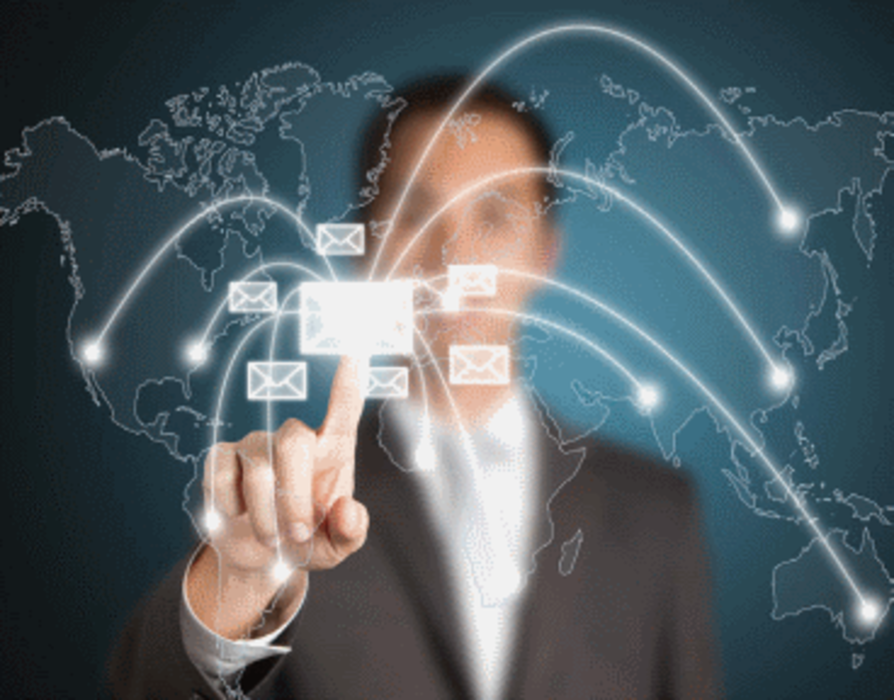Today B2B buyers’ email inboxes fill just as quickly as consumers’ inboxes do. So, just like their B2C counterparts, B2B marketers need to optimize email targeting to grab customers’ attention, and fast.
However, according to Gartner Research VP Adam Sarner, too many B2B marketers still commit the cardinal email sin: mass-blasting messages. But for marketers who want more than the 2% response rate that this tactic typically produces, Sarner says that providing the right content and sending messages at the right time can increases response rates 15-fold.
“Companies are still stuck in mass marketing,” Sarner says. “Before you send an email you should understand the effect of that email. What’s your purpose of sending? What needle is it moving? What benefits does the recipient get from this email? I rarely see that happen. [Companies are] not taking context into account.”
A piece in a puzzle
B2B marketers feel that email is being increasingly crowded out of marketing plans by other digital channels. “[There] is the perception [that] email is becoming less relevant than before,” says Edward Gala, VP of marketing and communications at Xerox. Gala oversees the company’s B2B and B2G relationships. Email’s relevance depends on it being more than a siloed back-alley channel; it must be a crucial throughway in the entire marketing landscape. “We’re…integrating email more efficiently with social marketing activities, content management, and insight selling initiatives, which is more about providing useful information that people want and need as opposed to sales messages specifically,” Gala adds.
But integrated or not, B2B marketers need to develop tactics that ensure their messages are read. A significant hurdle that commercial real estate brokerage firm Sperry Van Ness faces in that regard: vigilant spam filters. Sperry Van Ness uses solutions from PropertyBlast.com, a white-listed email service, to keep messages from falling into the junk folder. In doing so, Sperry Van Ness gets more potential buyers for each of its property listings, says Mark Alexander, the company’s national chair of medical office buildings. (He declined to elaborate further.)
Still, Sperry Van Ness needs to be mindful of its messaging, says Joseph M. Ginsberg, EVP of PropertyBlast.com. “If a customer enters content that is known to trigger spam filters and junk folders, this can hurt delivery,” he explains. “Naturally, we review everything before we send it and exercise our ‘editorial license’ whenever necessary.”
Getting personal
The best way to keep B2B emails out of the spam filter is to make them relevant and personalized, which echoes Sarner’s advice to stop mass-blasting. Yet, personalization is still a rarity, according to the “2013 Digital Marketer Benchmark and Trend Report” from Experian Marketing Services. According to the report, 70% of brands surveyed conceded that they don’t personalize their email messages.
This is a missed opportunity, as the survey also noted that triggered emails with personalized subject lines generate a 29.2% open rate; those that weren’t personalized had a 23.3% open rate. Xerox’s Gala has already seen the benefits of personalization and predicts an increase in customized email messages in the coming years. He also envisions ways to make email more dynamic: Xerox has been tinkering with adding personalized multimedia to its marketing emails, taking what Gala describes as “static video” produced for the mass market and tailoring it for individual customers based on their interests and preferences.








